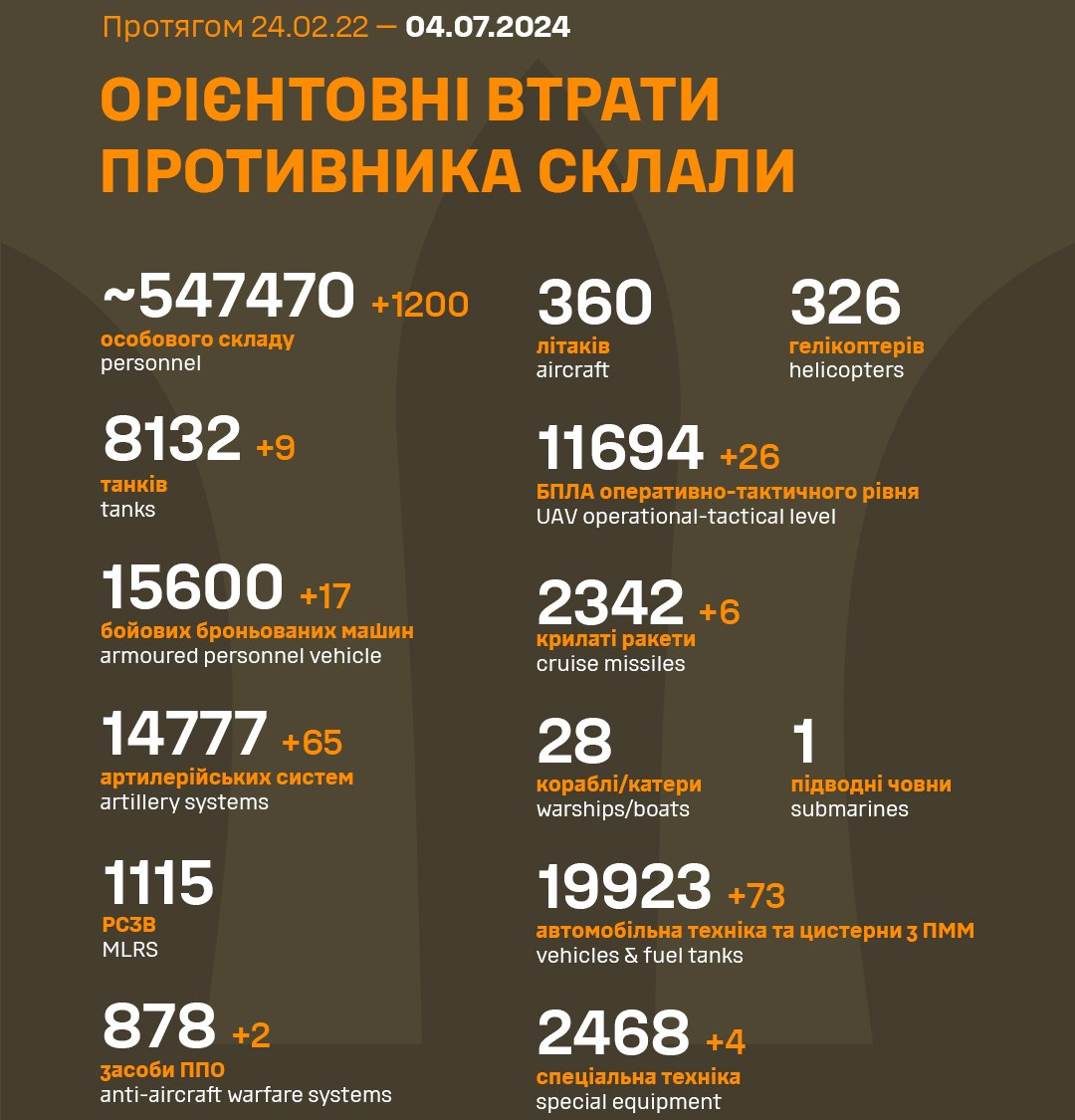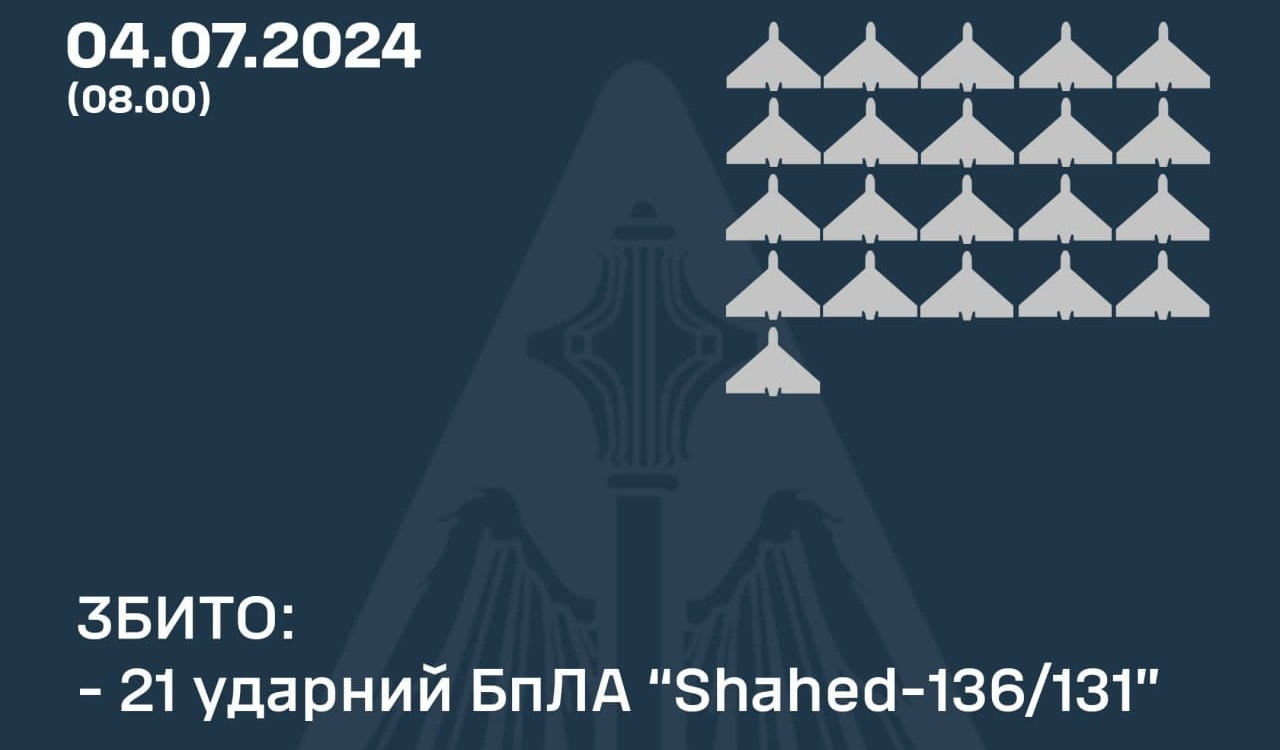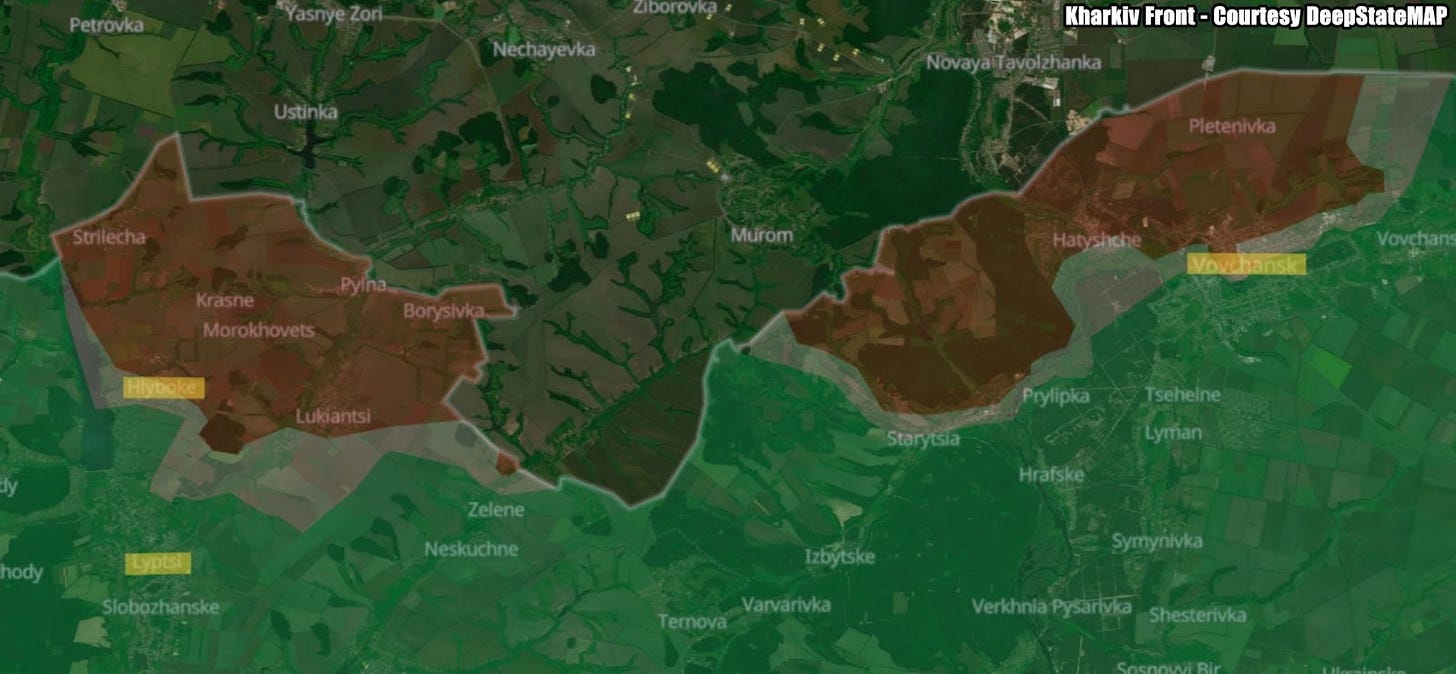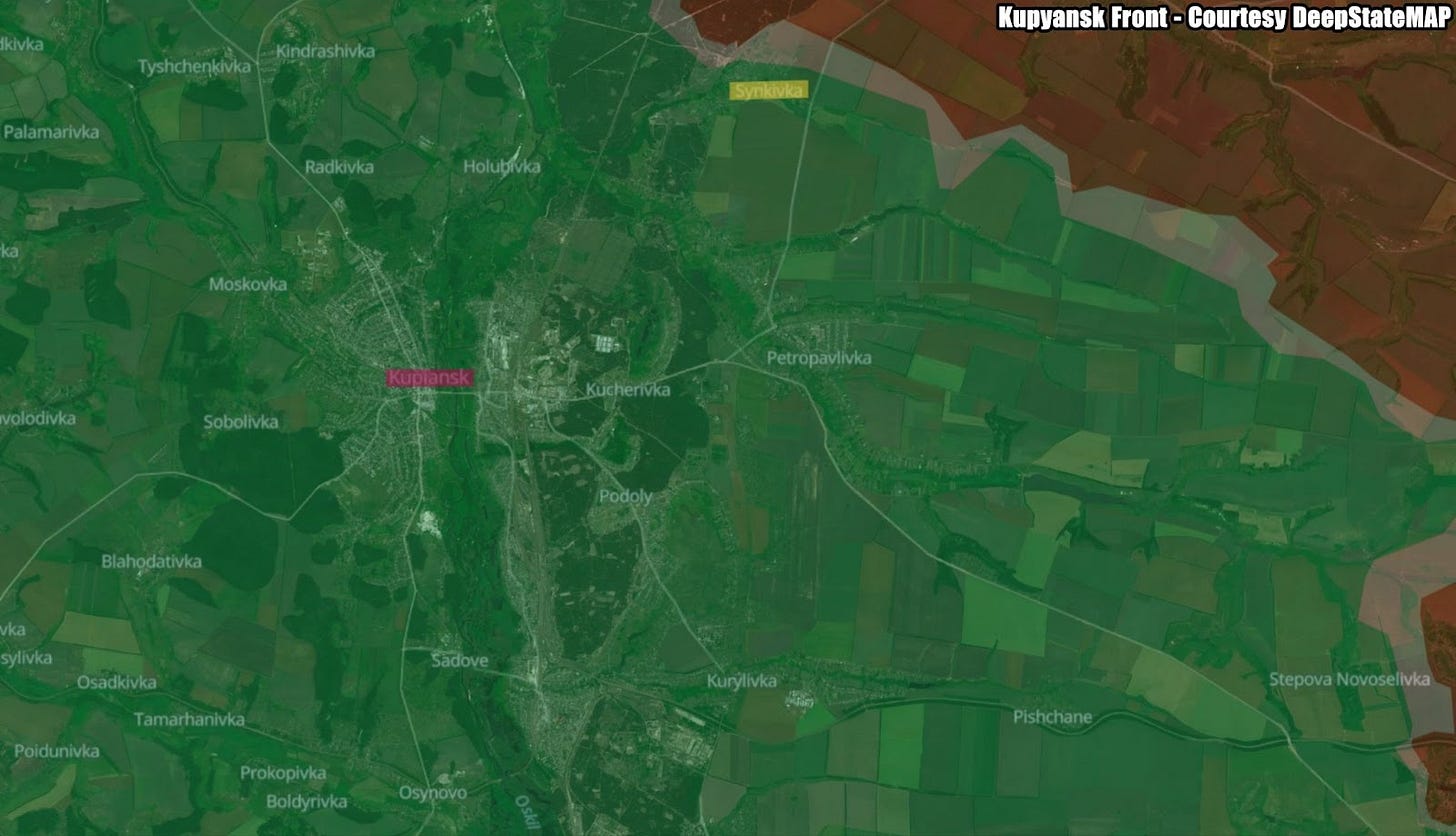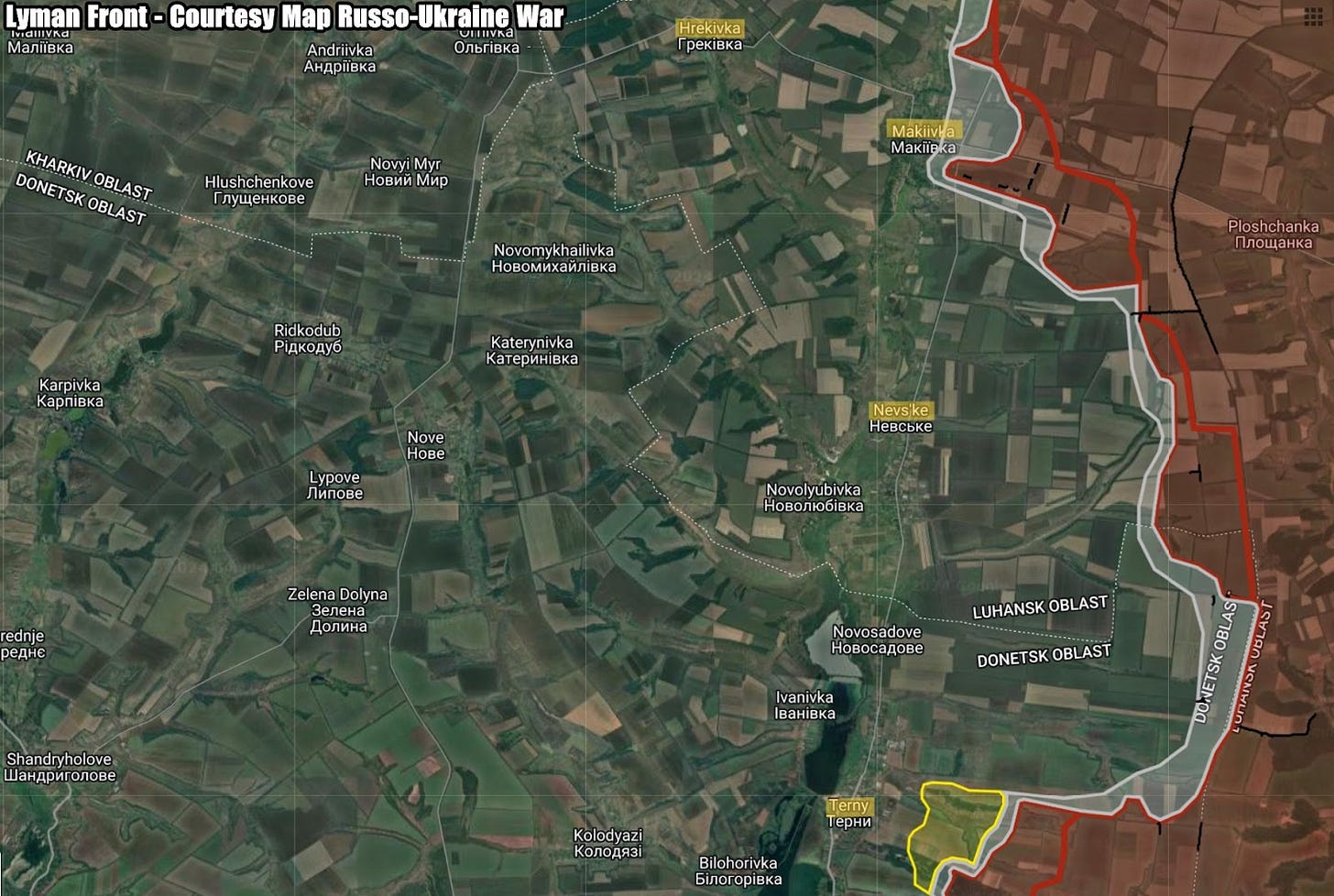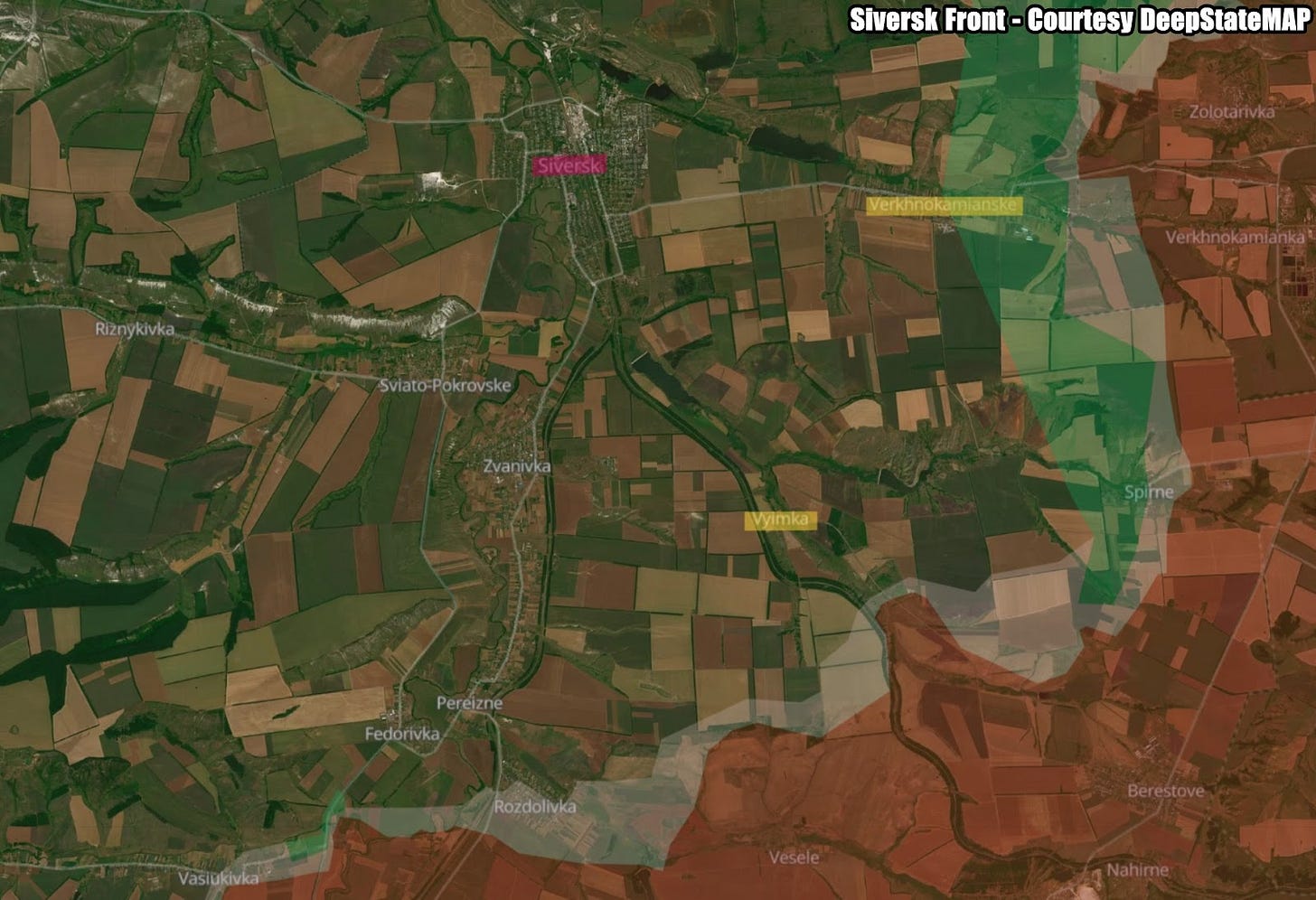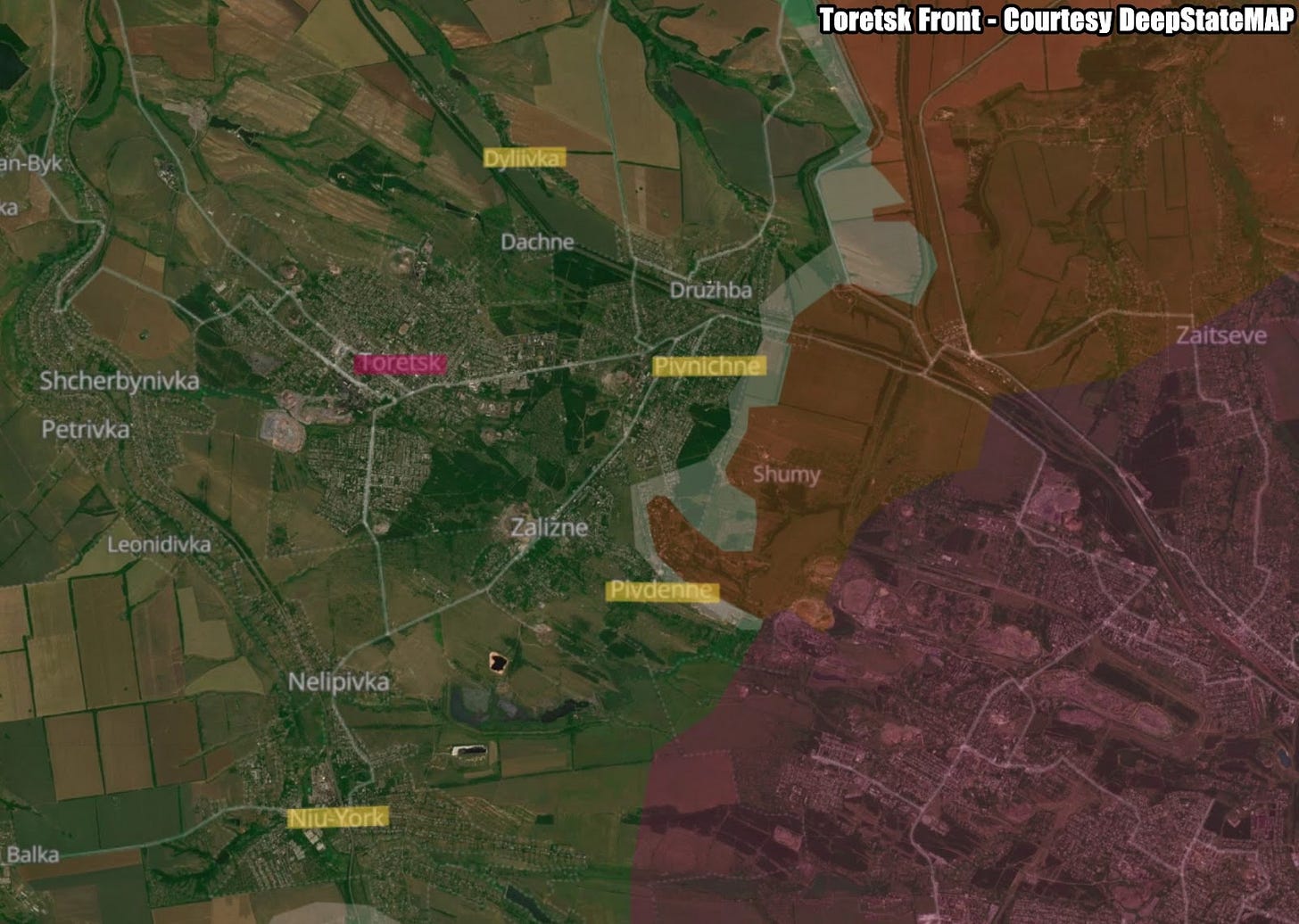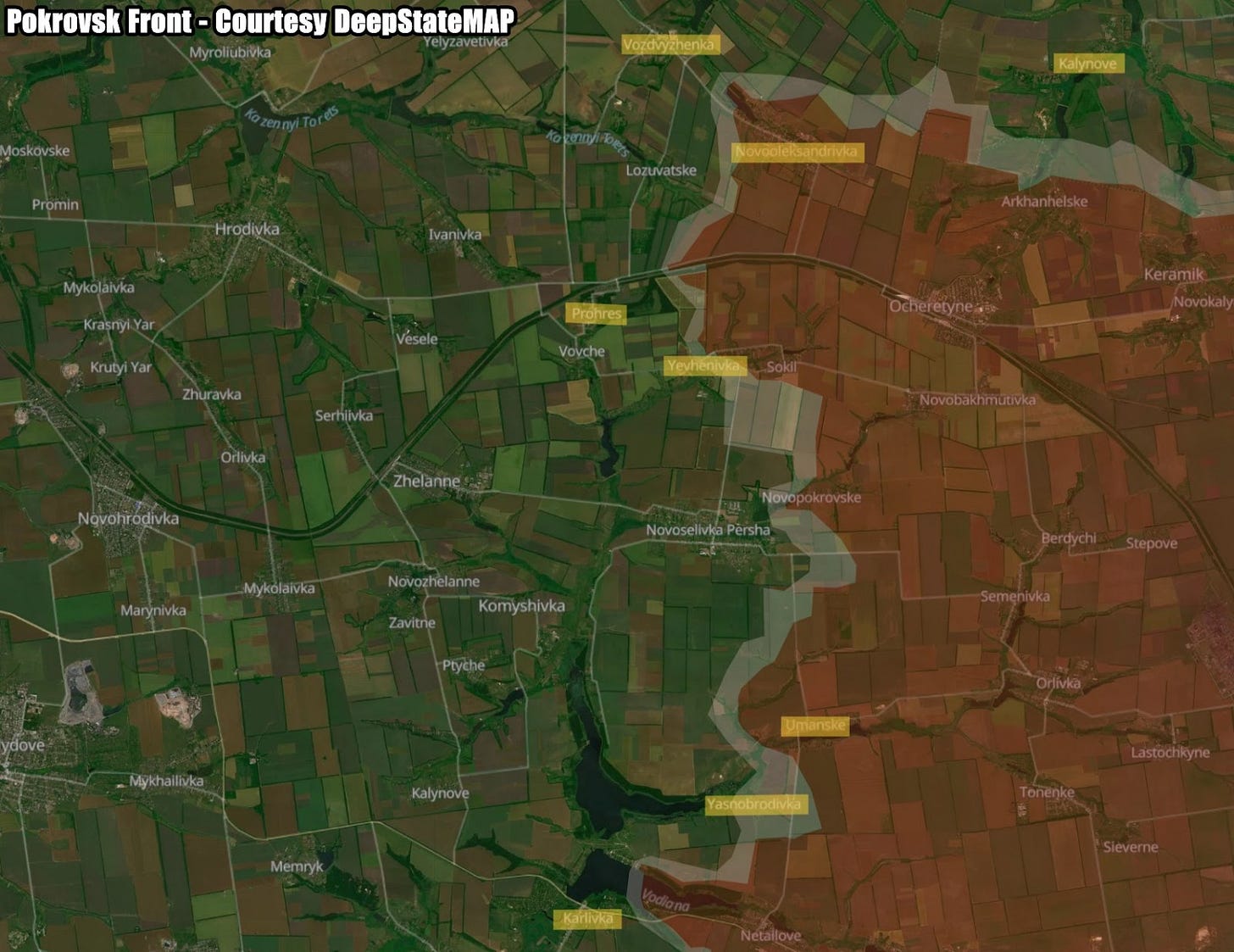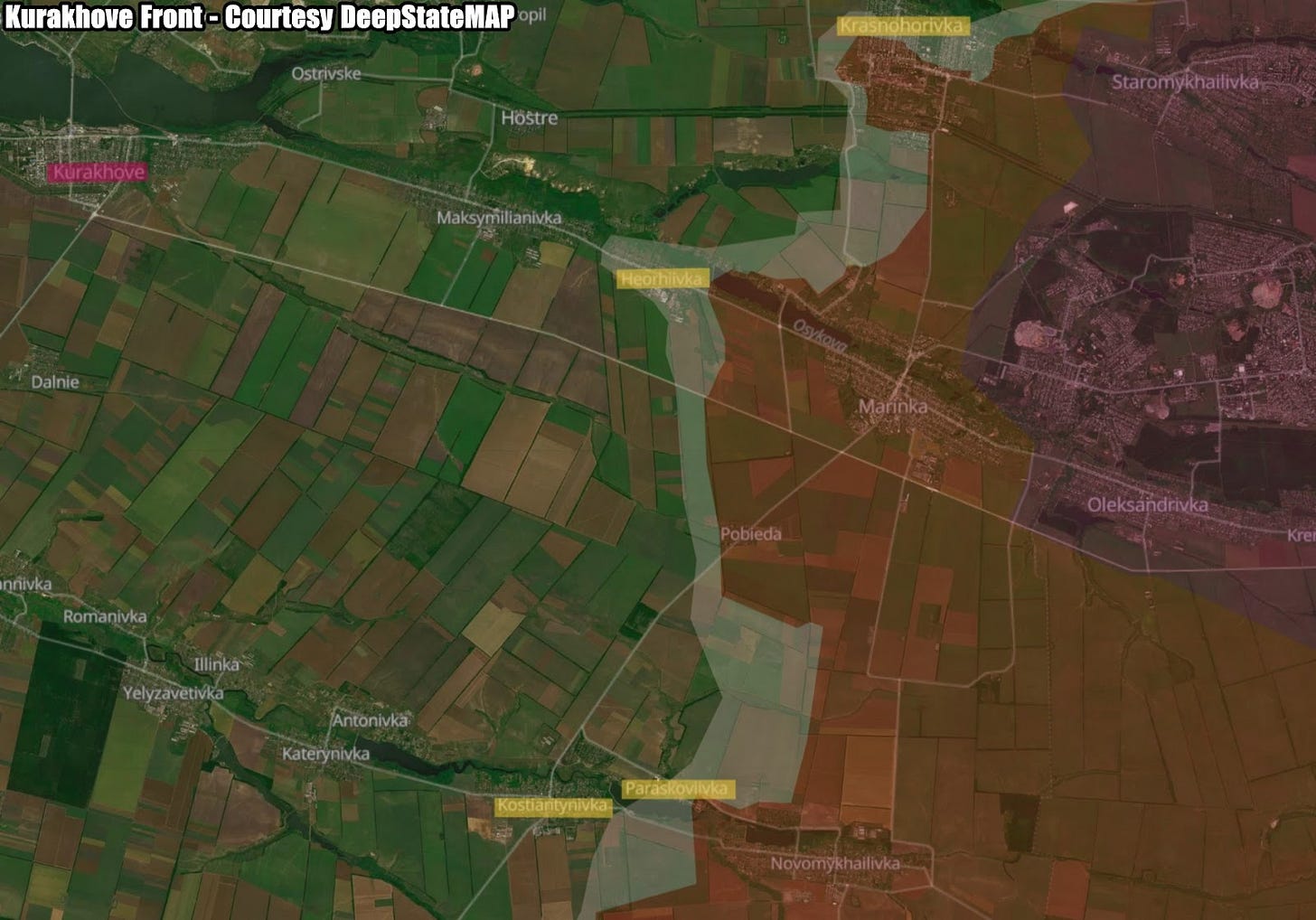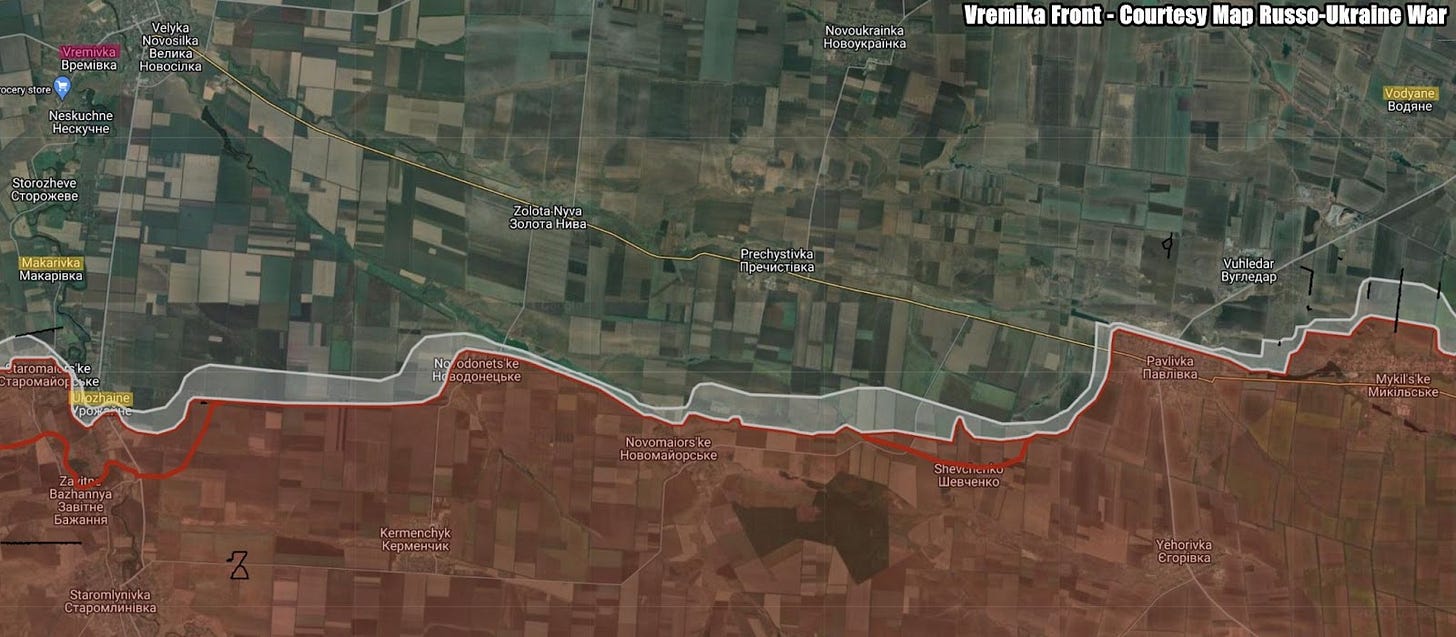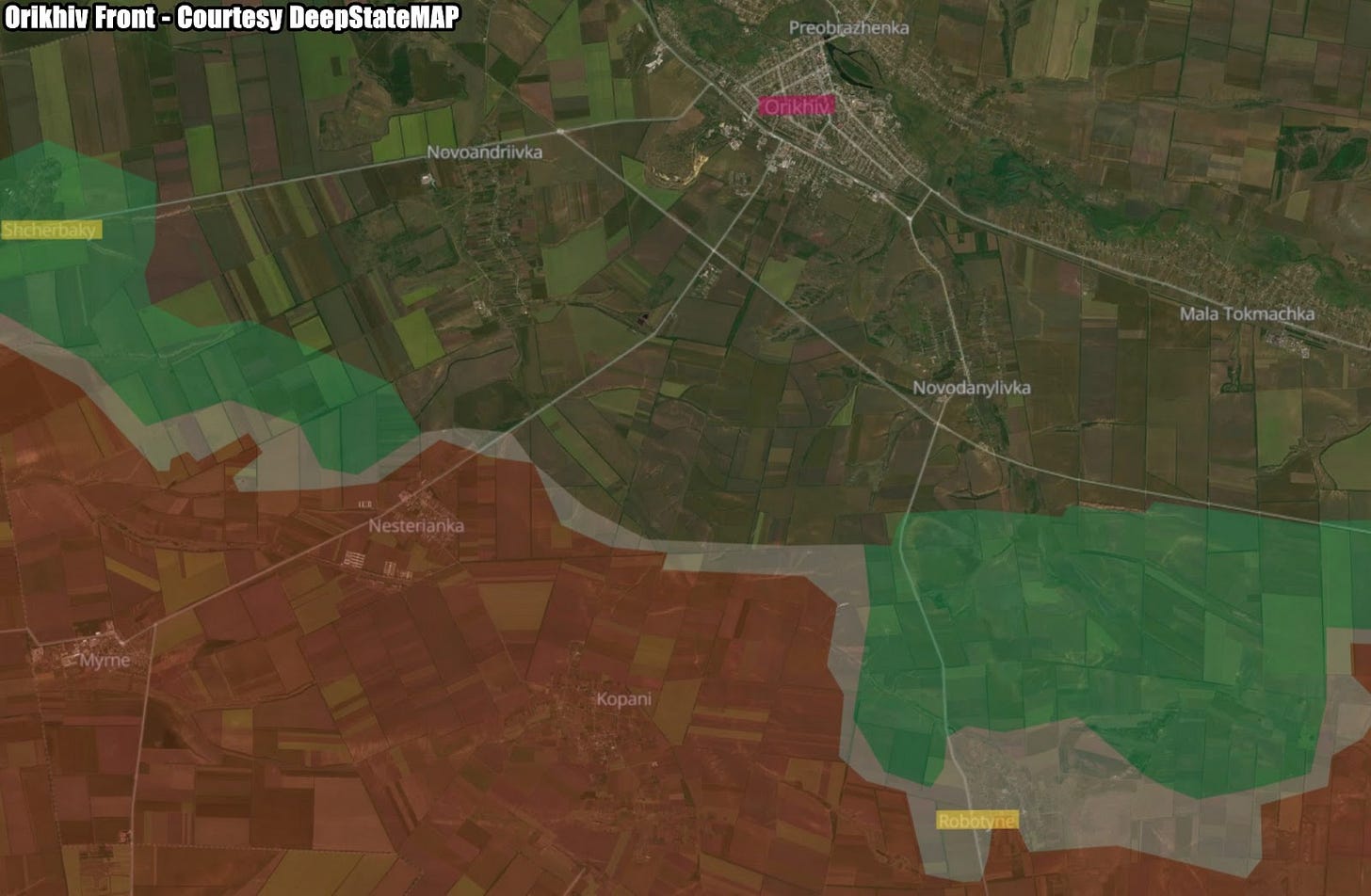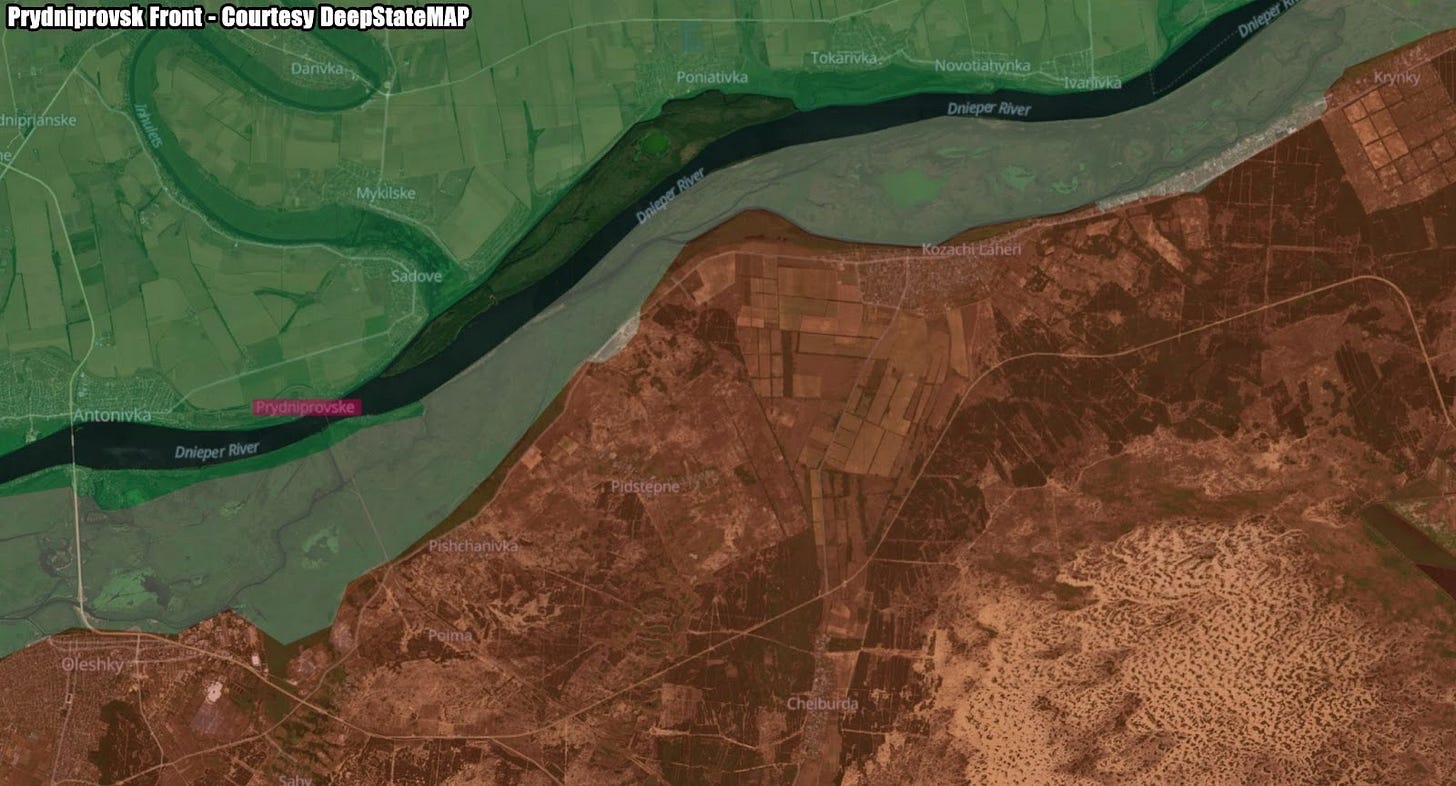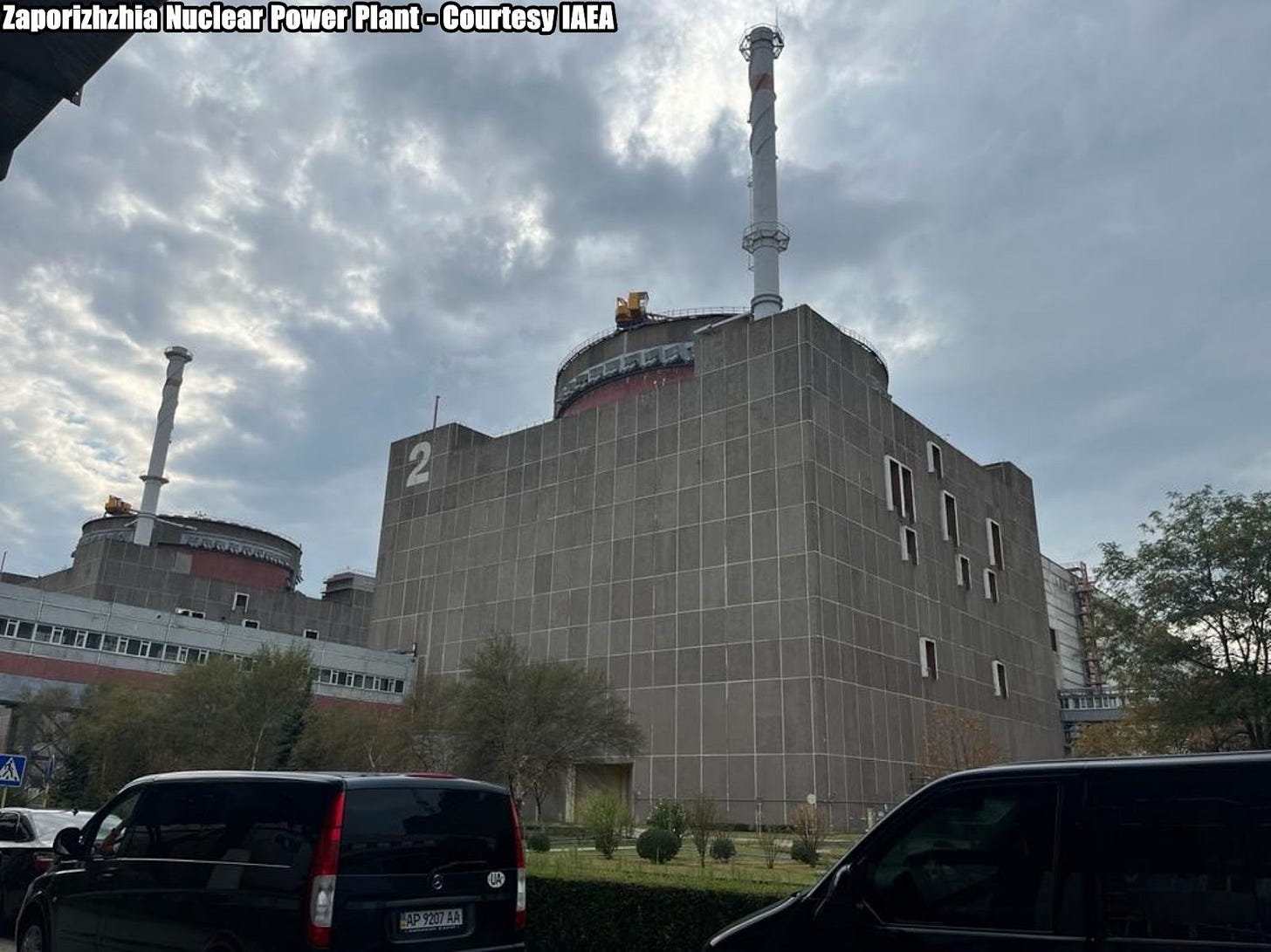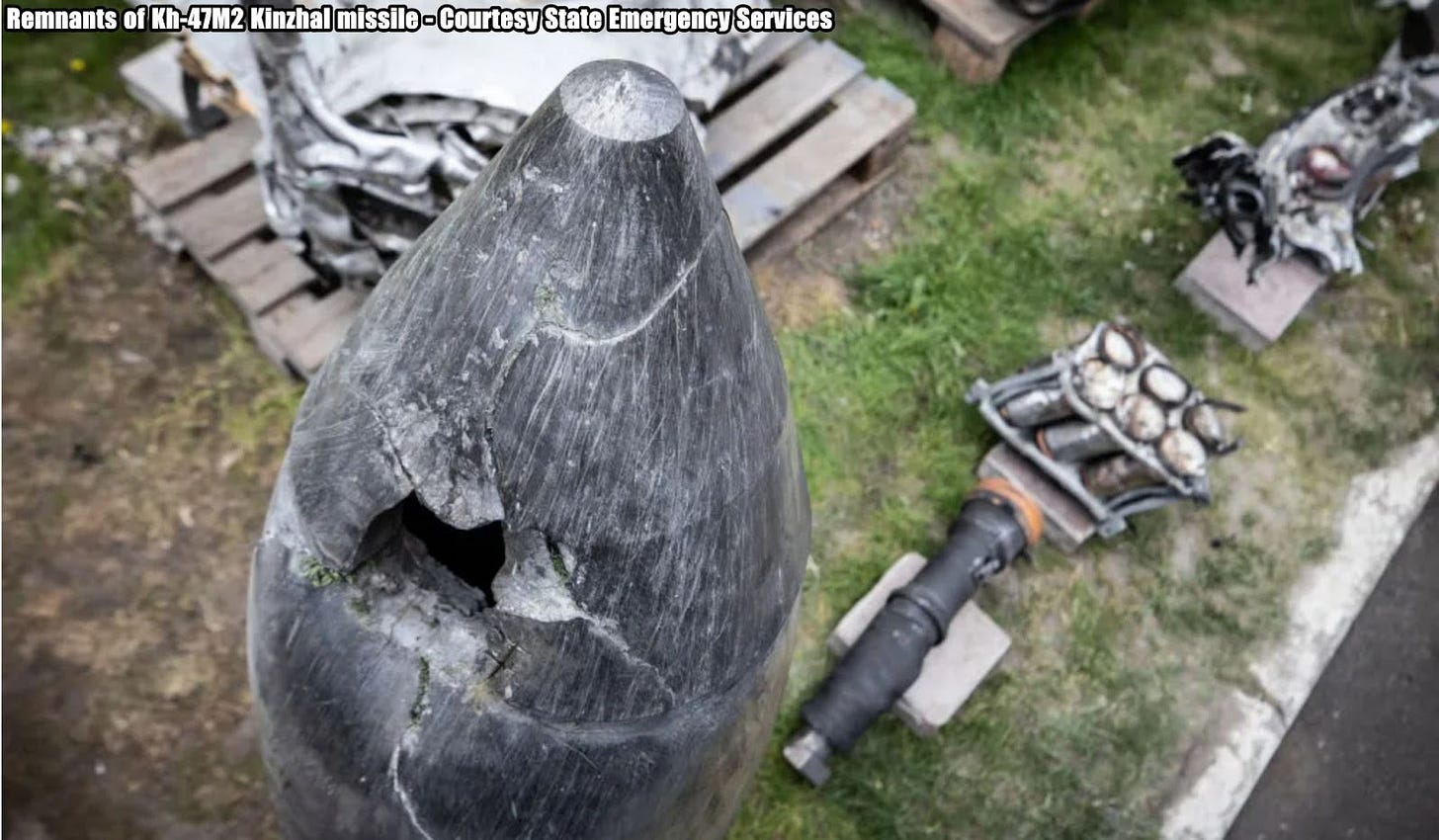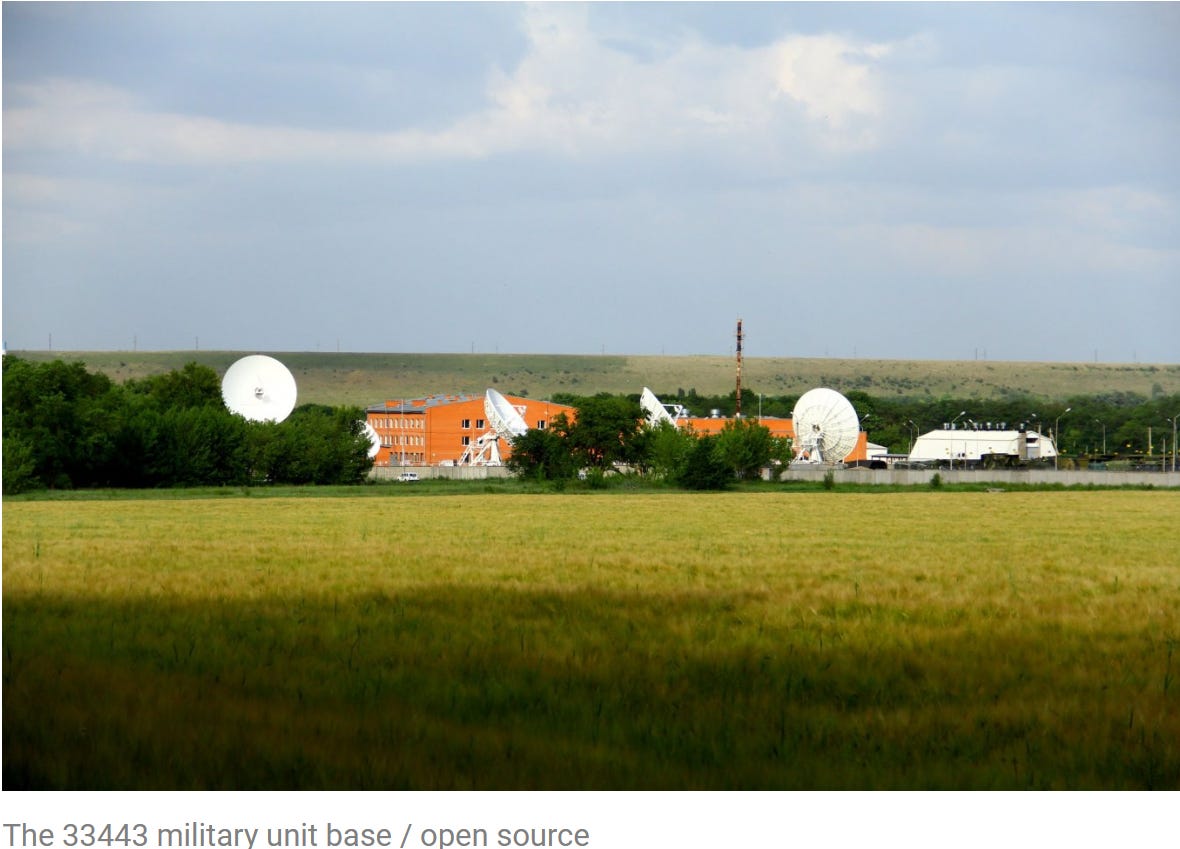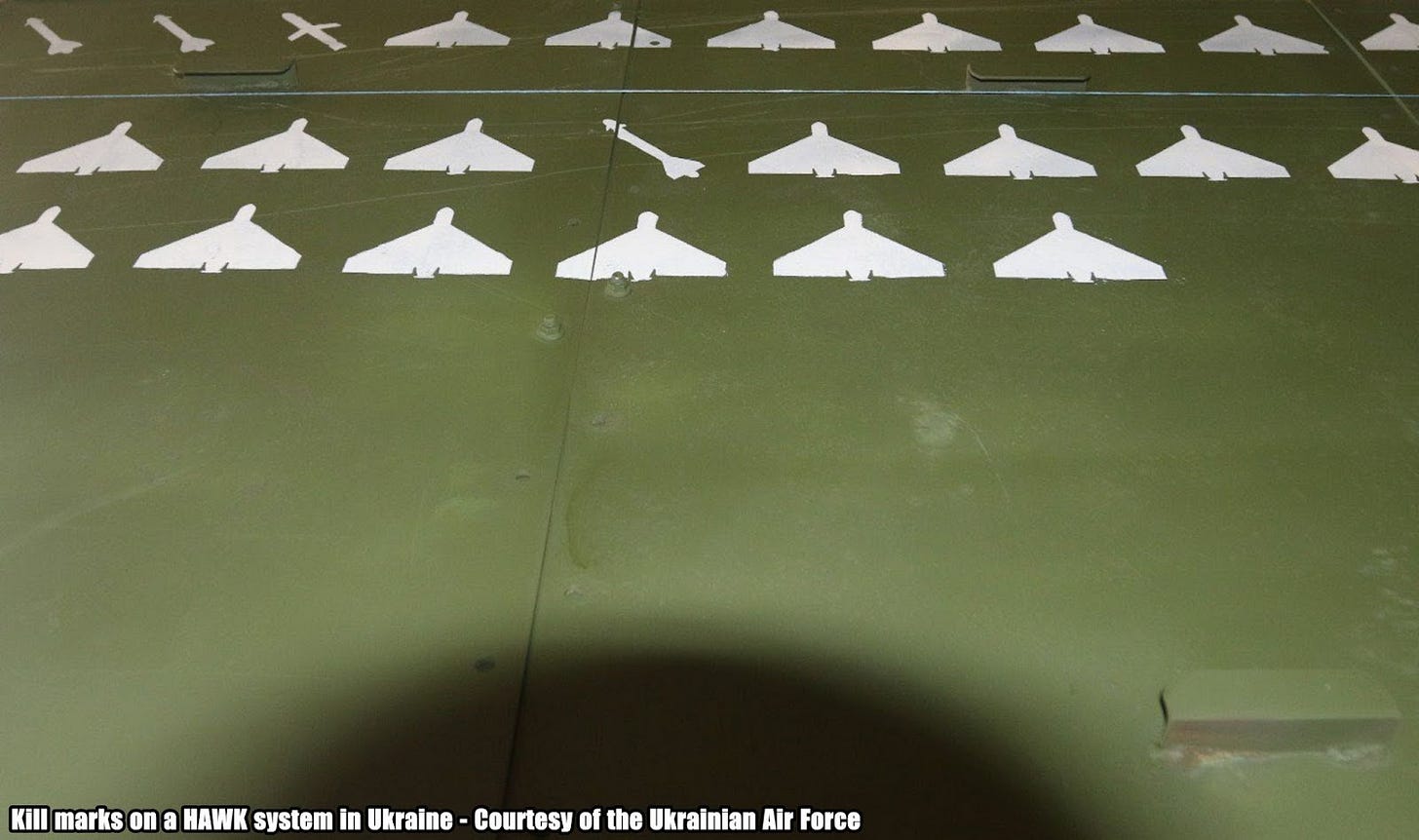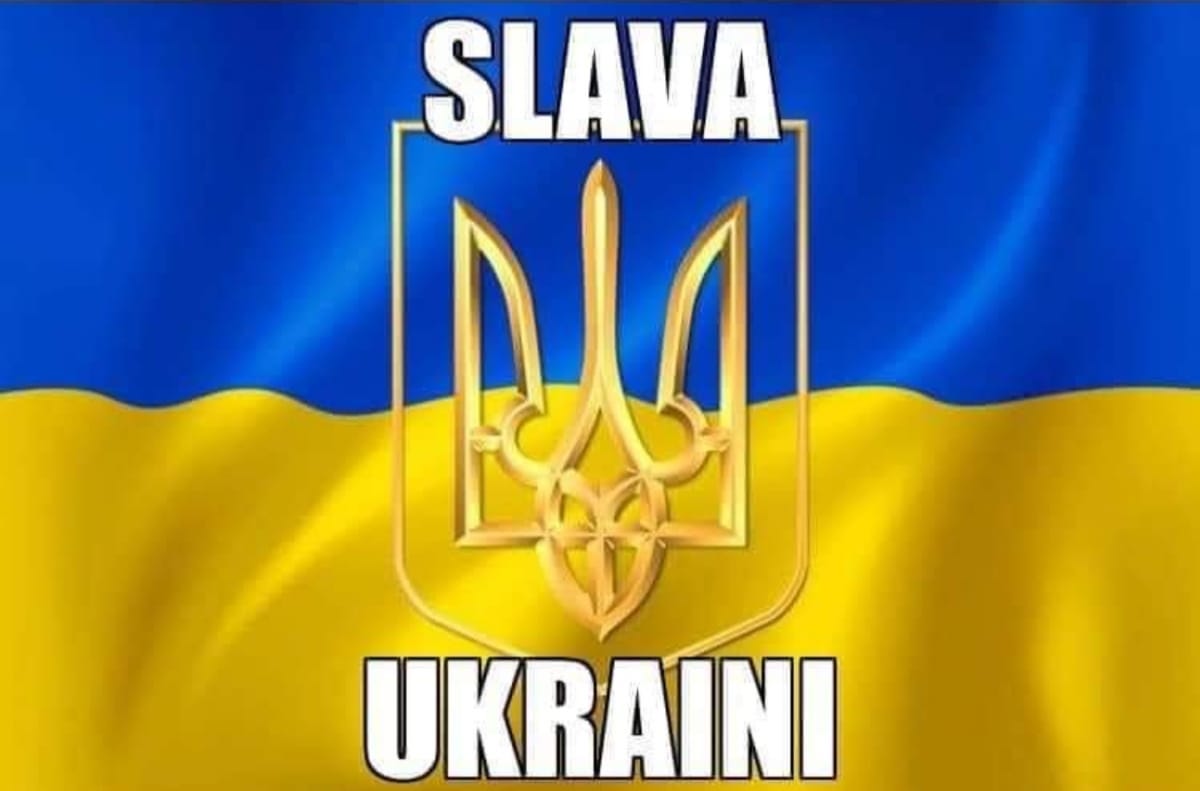Slava Ukraini! In early 2022 I began a Telegram channel aggregating news from a number of sources daily on the war in Ukraine. Since June 2023 I have provided a daily draft for the Ukraine War Brief Podcast collecting news from over 60 sources daily, much of which forms the basis of the script. While the Podcast is on hiatus I will make this Draft available here both on my own Substack and The People’s Media for those who wish to keep up with events on a daily basis.
ALONG THE CONTACT LINE
GSAFU Morning Report
The General Staff of the Armed Forces of Ukraine in its Operational Information update at 22:00 on July 3 stated that day 862 of the full-scale invasion of the Russian Federation against Ukraine was about to begin.
During the past day, 135 combat engagements took place. Over the past 24 hours, the enemy carried out 6 missile strikes, 36 air strikes, 303 drone strikes and more than 2,600 artillery strikes across the positions of Ukrainian forces.
At the same time, Ukrainian soldiers continue to inflict losses in manpower and equipment on the occupying troops, exhausting the enemy along the entire front line and continue to disrupt the plans of Russian occupiers to advance deep into the territory of Ukraine.
Air Force Daily Report
On the night of July 4, 2024, the enemy attacked with 22 attack UAVs of the Shahed-131/136 type from the Kursk region. - Russian Federation
As a result of combat work by anti-aircraft missile units, calculations of mobile fire groups of the Defense Forces and EW means of the Air Forces of the Armed Forces of Ukraine, 21 "Shahed" were shot down within the boundaries of Kyiv, Chernihiv, Zhytomyr, Sumy, Dnipropetrovsk and Poltava regions.
The Khortytsia operational-strategic group
(Responsible for the northeastern part of Ukraine. )
Kharkiv axis: The enemy conducted 11 assault actions supported by aviation, in the areas of Hlyboke, Lyptsi and Vovchansk 1 of which is ongoing in the area of Vovchansk . The situation is under the control of Ukrainian Defense Forces.
Kupyansk axis: The enemy made 4 attempts to breach Ukrainian positions near the settlement of Synkivka. Three were repelled, one attack is still ongoing.
Lyman axis: Russian troops attacked Ukrainian defenders 29 times in the areas of four different settlements a day. The enemy is concentrating his efforts near Hrekivka, Makiivka, Nevske and Terny. 5 clashes continue at this time. The situation is under control.
A battle also continues in the Serebryanskyy Forest
Siversk axis: Russian forces carried out 3 assaults in the vicinity of Verkhnokamianske and Vyimka. All attacks were unsuccessful.
Kramatorsk axis: Ukrainian defenders, over the day, repelled 5 attacks in the vicinity of Kalynivka. One fight continues.
Toretsk axis: The situation is tense in this direction. The invaders 24 times attacked near Dyliivka, Pivnichne, Pivdenne and Niu-York.
The Tavria operational-strategic group
(Responsible for the central-eastern and southeastern part of Ukraine.)
Pokrovsk axis: The situation in this area remains tense.The enemy conducted 34 attacks against Ukrainian defences in this area over the last day in the vicinity of Kalynove, Vozdvizhenka, Novooleksandrívka, Prohes Yevhenívka, Umanske, Yasnobrodivka and Karlivka
Kurakhove axis: The enemy, supported by aviation, 12 times unsuccessfully attacked the positions of the Defense Forces in the vicinity of Krasnohorivka, Heorhiivka, Paraskoviivka and Konstantinivka.
Vremika axis: The enemy made 4 attempts to attack Ukrainian positions near the settlements of Vodyane, Urozhayne and Makarivka. Never been successful.
Orikhiv axis: The enemy made 9 attacks in the vicinity of Shcherbaky and Robotyne
The Odesa operational-strategic group
(Responsible for Kherson, Qırım, (also known as Crimea) and the Black Sea.)
Prydniprovsk axis: In this direction, 3 assault actions of the enemy on the left bank of the Dnieper were unsuccessful.
TEMPORARILY OCCUPIED TERRITORIES
IAEA reported of alleged drone strike on occupied Zaporizhzhia nuclear plant area, one substation out of service
Drones allegedly struck the vicinity of the Russian-occupied Zaporizhzhia Nuclear Power Plant, the International Atomic Energy Agency (IAEA) reported on July 3, citing the administration of the occupied facility.
"It is extremely concerning that these drone attacks are continuing, despite the very clear dangers they present to people in Enerhodar as well as to safety at the Zaporizhzhia Nuclear Power Plant. They must stop immediately," IAEA Director General Rafael Grossi said.
Ukraine's nuclear energy agency, Energoatom, has not commented on claims provided to the IAEA by the occupied plant's administration. It has dismissed earlier allegations of Ukrainian attacks in the facility's vicinity as Russian propaganda.
The Zaporizhzhia nuclear plant, Europe's largest nuclear power station, has been under Russian occupation since March 2022.
IAEA monitoring teams have been based at the nuclear plant on rotation since September 2022, but Russian authorities still deny IAEA inspectors full access to the plant.
THE HOME FRONT
Zelenskyy comments on backlog in weapons supply
Ukraine is grateful to Western partners for their support, but the pledged assistance is arriving too slowly, complicating the situation on the front lines, President Volodymyr Zelensky said in an interview with Bloomberg published on July 4.
"We have 14 brigades who do not have the necessary weapons that have already been approved and discussed," Zelensky said.
Washington, Kyiv's leading military donor, approved in April a long-expected $61-billion aid package after months of delays.
In spite of this, Russia has continued to pressure Ukraine along the front, launching a new offensive in Kharkiv Oblast and steadily pushing into a key town of Chasiv Yar in Donetsk Oblast.
"The (assistance) packages should arrive, but they are coming slowly," the president said, adding, "We are grateful to Congress for its support."
Zelensky said that, nonetheless, the situation cannot be described as a stalemate and that the current difficulties can be solved with appropriate tools, referring to foreign military aid.
The head of state said that, at the moment, it is not appropriate to talk about a Ukrainian counteroffensive as Kyiv must focus on protecting what it has. Any pushback against Russian forces will be possible once sufficient weapons arrive, he added.
All Russian Kinzhal missiles downed over Kyiv since arrival of Patriot systems, Ukrainian Air Force says
All Kinzhal ballistic missiles fired by Russia at targets in Kyiv have been downed since the U.S. provided Patriot air defense systems in May 2023, Ukrainian Air Force Colonel Serhii Yaremenko said in an interview with Ukrinform published on July 4.
Kinzhal missiles are launched from MiG-31K aircraft and have an operational range of some 2,000 kilometers, which means that all of Ukraine is at risk if the missile is launched from Russian airspace.
Russia claims the advanced air-launched Kinzhal missile is hypersonic, and the weapon was considered near-impossible to intercept and shoot down before the arrival of Patriot systems.
Yaremenko, who is the commander of the 95th anti-aircraft missile brigade, said that Kyiv has been targeted by more than 20 Kinhzal missiles, but none of them have hit the capital.
"When we work against ballistics, it doesn't matter to us whether it's the Kh-47M Kinzhal, or the Iskander-M, or the 48N, or a Zircon," Yaremenko said.
Ballistic missiles are fired high into the atmosphere before falling to their targets in an arc, attaining speeds several times the speed of sound before hitting their target.
Russian attacks across Ukraine kill 10, injure almost 100 over past day
Russian attacks across Ukraine killed at least 10 people and injured at least 99 over the past day, regional authorities said on July 4. The Kyiv Independent reports.
Russia targeted a total of 12 Ukrainian oblasts – Kyiv, Chernihiv, Mykolaiv, Luhansk, Sumy, Dnipropetrovsk, Kherson, Kharkiv, Zhytomyr, Zaporizhzhia, Poltava, and Donetsk. Casualties were reported in the latter seven regions.
At least six people were killed and 55 injured after Russia launched drones and missiles against Dnipro in Dnipropetrovsk Oblast on July 3, officials said.
Five fatalities were reported on the day of the attack, and the sixth person – a 60-year-old woman – died in the hospital the day after, Governor Serhii Lysak announced.
A shopping center was hit, as well as multiple cars and a gas station, said Mykola Lukashuk, the head of the Dnipropetrovsk Oblast regional council.
Russian troops attacked the city of Kharkiv with guided aerial bombs on July 3, injuring at least 14 people, including children, the Kharkiv Oblast Prosecutor's Office reported.
A residential area in the Kyivskyi district of the city came under attack. At least three guided aerial bombs destroyed two houses, according to Syniehubov.
A woman and two men, aged 74, 75, and 38, suffered injuries, as well as an eight-year-old boy who was rescued from the rubble and a two-week-old child, the authorities said.
RUSSIAN WORLD
Ukraine Targets Secret russian Base with the Zvezda Space Reconnaissance System
Russian unofficial sources reported a successful Ukrainian drone attack on military unit No. 33443, near the village of Moskovskoye in Izobilnensky district of Stavropol region, over 450 km from the current front line. Defense Express reports.
Local authorities confirmed the drone attack, stating that two drones “fell” and that “infrastructure was not damaged”, although russia often claims that UAVs were neutralized. Astra (russian Telegram channel), citing its sources, reported that one of the drones exploded, injuring a serviceman. Astra also identified the military unit number and noted that it belongs to the special-purpose formations of the Main Directorate of the General Staff of the russian federation, known by its former name, the GRU.
The 33443 military unit is notable for its distinctive array of about two dozen parabolic antennas. This unit is not merely a radio-technical reconnaissance unit but is part of russian Zvezda space reconnaissance system.
Established in the early 1970s to intercept signals from spacecraft, the system included 11 stations in the USSR and 4 abroad in Cuba, Vietnam, Burma and Mongolia. Due to its secrecy, the exact capabilities of the system were not disclosed, even in the 1990s. Its general purpose was to monitor space communication systems, analyze their operation and potentially counteract them.
Under Putin’s administration, this military unit was significantly modernized, with the number of antennas and its territory doubling. The equipment has continually expanded, as evidenced by satellite images.
NEWS WORLDWIDE
Kuleba: decisions that will allow Ukraine to destroy Russian bombers being prepared
Ukrainian Foreign Minister Dmytro Kuleba is confident that decisions that will allow the destruction of Russian bombers will be taken, and also points to the need for large and speedy supplies of artillery shells for the Ukrainian military.
“Artillery shells are arriving, but there should be more of them and faster. As for the solutions that will allow us to destroy Russian bombers, they are already being prepared. So we're working on it. I am sure that these decisions will be made. It's only a matter of time. Because the threat posed by these bombers is huge,” Kuleba said in an interview with ELTA Zoom.
The minister stressed that the only way to protect against these attacks is to destroy Russian bombers directly.
"Therefore, we need long-range missiles capable of reaching airfields, or a sufficient number of air defense systems and interceptors to be able to shoot down these aircraft from the air. Sooner or later it will happen," the foreign minister said.
He pointed out that Ukraine is asking its partners to make this happen as soon as possible.
US allocates $ 2.2 billion for Patriot missiles to Ukraine, adds $ 150 million in military aid
The Pentagon has announced a $2.2 billion allocation for Patriot and NASAMS air defense missiles for Ukraine under the Ukraine Security Assistance Initiative (USAI). The Biden Administration aims to expedite delivery of these critical interceptors.
As a result, Ukraine will be provided with the interceptors it urgently needs to protect its people and critical infrastructure against Russia’s aerial attacks,” the statement reads.
Additionally, a $150 million Presidential Drawdown Authority (PDA) package will provide Ukraine with more air defense interceptors, artillery, and anti-tank weapons. The Pentagon’s website features a detailed list of the weaponry.
White House Press Secretary Karine Jean-Pierre noted that this marks the 7th aid package since Biden’s April approval of $61 billion for Ukraine, and the 60th military aid package from US Defense stocks since 2021.
The capabilities in the PDA package include:
Missiles for HAWK air defense systems;
Ammunition for High Mobility Artillery Rocket Systems (HIMARS);
155mm and 105mm artillery rounds;
81mm mortar rounds;
Tube-Launched, Optically-Tracked, Wire-Guided (TOW) missiles;
Javelin and AT-4 anti-armor systems;
Small arms ammunition and grenades;
Demolitions equipment and munitions;
Tactical vehicles to tow and haul equipment;
Tactical air navigation systems and aircraft support equipment; and,
Spare parts, maintenance, and other field and ancillary equipment.
MILITARY & TECH
Ukrainian Air Force showcases HAWK missile system
The Ukrainian Air Force has showcased the U.S.-supplied HAWK surface-to-air missile system, which has been effectively used to counter Russian suicide drones and cruise missiles. Defence Blog reports.
This system has reportedly downed over two dozen Iranian-designed Shahed drones and four missiles targeting Ukrainian civilian infrastructure.
The HAWK, an acronym for Homing All the Way Killer, has undergone numerous upgrades since its initial deployment by the U.S. Army in 1959. Despite these advancements, the system retains its core operational mechanism. It uses a combination of radars for high and low-altitude target detection, target tracking, and illumination. Once launched, the missiles track the illuminated threat using reflected radar energy.
While it is unclear which specific versions of the HAWK system have been delivered to Ukraine, last year Spain announced the transfer of some of its inventory, including I-Hawk Phase I and III systems, as well as Hawk XXI/Hawk 21s. In February, Sweden also pledged components of its I-Hawk systems, known domestically as RBS 97s, to Ukraine. These systems have been undergoing modernization since 2015. The United States has also committed to providing HAWK systems to bolster Ukraine’s air defense capabilities.
“The HAWK systems have significantly enhanced our ability to defend against aerial threats, protecting critical infrastructure and saving lives.”
That’s it for today’s Draft folks if you would like to keep up with events in Ukraine daily please consider subscribing, its free!
Feel free to share this update with your friends. Heroyam Slava!







